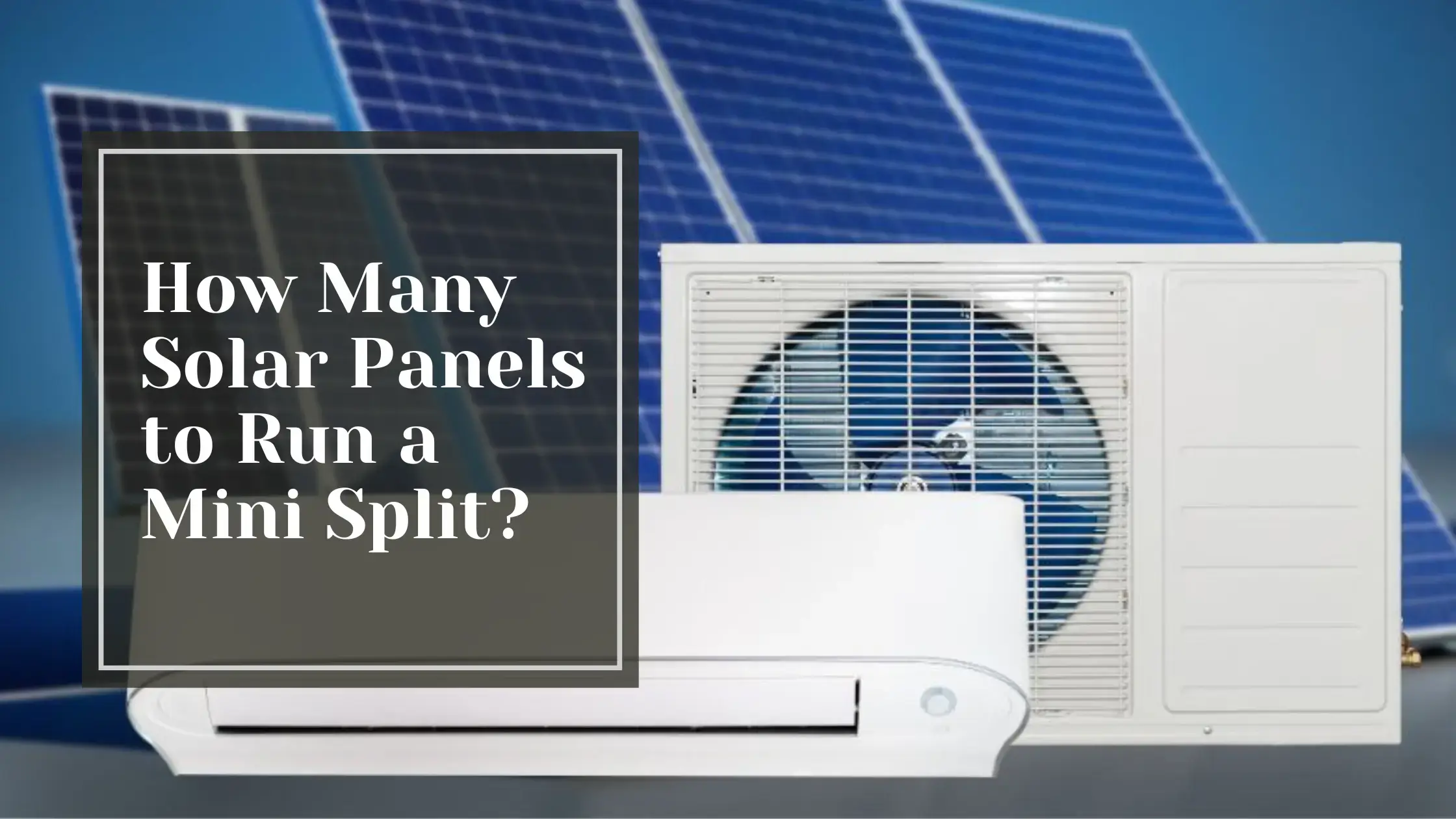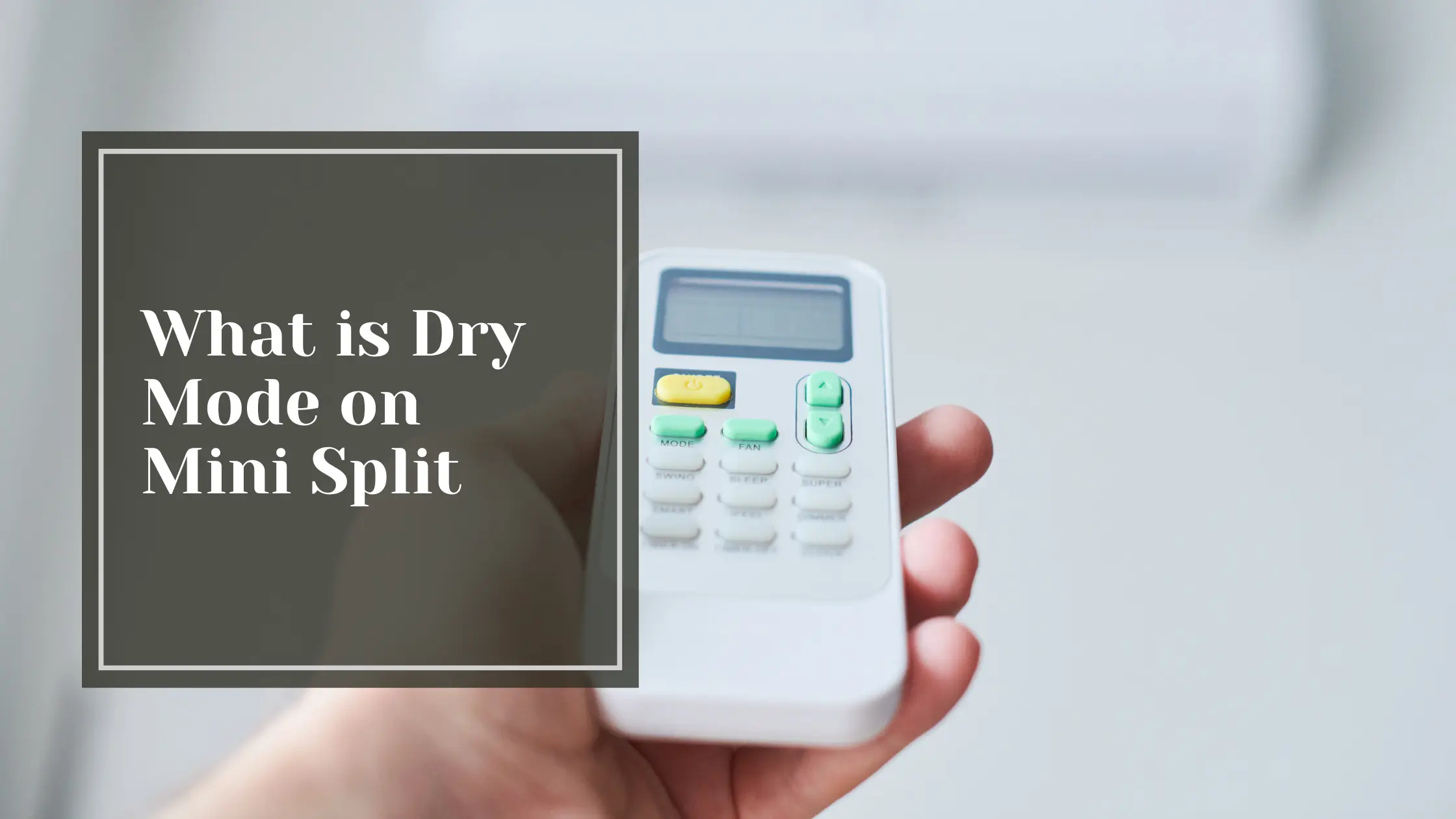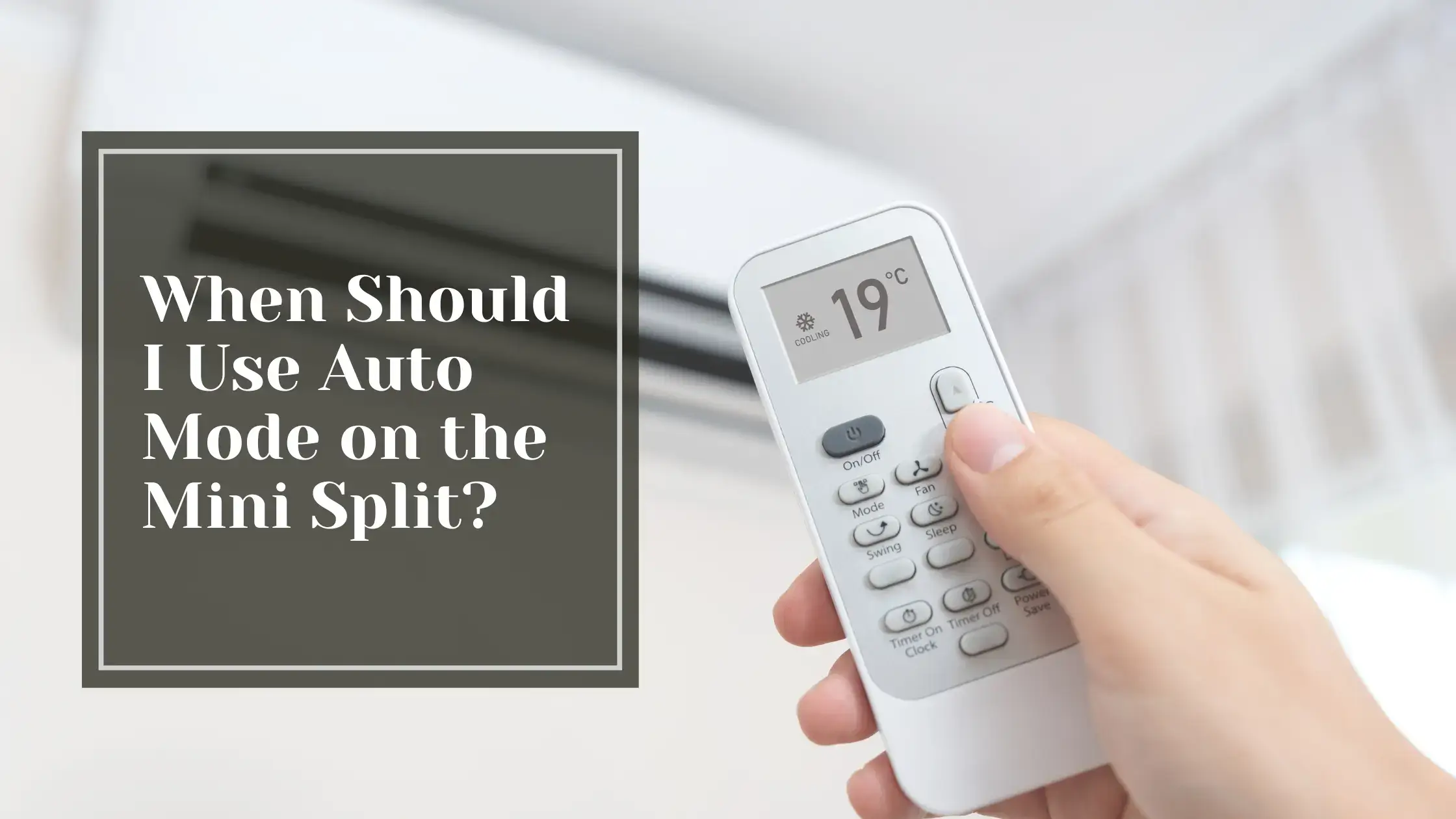Are you considering buying a solar panel for your mini split? Finding the right amount of solar panels to be used narrows down to the knowledge of the mini split unit’s consumption rate, the output of these panels, and the electricity needed. Browse our top-quality mini-splits, and use our mini-split sizing calculator for precise system selection tailored to complement your solar panel setup.
How Much Electricity Does a Mini Split Use?
Cooling Capacity
A small room size will have around 9000-12000 BTUs cooling capacity, so it would consume about 3-5 Amperes drawing and consume around 360-600 Wats. On the other hand, Medium unit size would range between 18000-24000 BTU requiring around 10-15 Amps and consuming nearly 1200-1800 Watts. Lastly, big-sized rooms require high-capacity units with roughly 36,000 BTUs that take up to 20 Amps and use around 2,400 watts while cooling one entire floor.
Additionally, electrical requirements depend on the EER rating (Energy Efficiency Ratio) of such mini splits. Higher EER ratings indicate that fewer units of energy are being used to achieve an equal amount of cooling. According to research, any unit with an EER above ten is considered very efficient, as it consumes less energy than those rated below this value.
Other Factors
In addition to the mini split's size and efficiency, several other factors determine its energy usage:
Operating hours: The more hours the unit runs daily, the more electricity it consumes. If used for 8-10 hours a day, expect higher usage than just a few hours daily.
Ambient temperature: Running the unit in very hot weather will increase its power draw compared to milder temperatures.
Fan speed: A higher fan speed moves more air and requires more energy. Use lower speeds whenever possible for the best efficiency.
Additional features: Extras like a heating function, air filter, or timer can slightly increase power consumption.
How to Calculate the Number of Solar Panels Needed
To determine the number of solar panels needed to power a mini split air conditioner, you must first calculate how much electricity the unit consumes. Look for your own specific mini-split model’s ratings to verify whether it uses watts or amperes for a metric. As an illustration, 15 up to 20 amperes is what most residential mini splits draw. Afterward, you have to determine how many watts of solar energy you will need. In other words, multiply the power draw of the mini split by three to accommodate the start-up requirement and some energy inefficiency. For instance, 20 amps equal 2,400 watts (20amps x120volts). Consequently, one would need somewhere around 7,200 watts of solar panels (2,400 watts x 3).
Determining the Wattage
Determine the wattage of solar panels that will be installed. For example, a standard residential panel may yield between two hundred fifty and three hundred sixty-five watts. Therefore in this case you would require approximately twenty to twenty-eight panels to run the mini split (7200W/365W/panel = 19.7 panels). It is also advisable that your solar panel system be oversized to compensate for poor lighting conditions and ensure steady power supplies.
The final step is to deduce how to link up your panels with the mini split. You need a charge controller that prevents battery overcharging, an inverter that changes DC to AC, and batteries for storing extra electricity. The size of each part relies on the total wattage of your solar panel system. Consult an expert to find out which system components are best for you and have them properly installed.
Tips for Efficient Operation
To ensure your mini split system operates efficiently with solar panels, there are several factors to consider.
Size and Number of Panels
How much energy is generated to power your mini split depends upon the size and number of solar panels used. A standard-sized mini split requires approximately 3-5 kilowatts of solar panels as a general rule of thumb. Their wattage determines the exact number of panels needed. Adding more than the minimum requirement will extend the time when the mini-split can operate.
Inverter Efficiency
The direct current (DC) produced by these photovoltaic solar cells gets converted into alternating current (AC) by inverters to run your air conditioners. An inverter specifically designed for use with HVAC systems is recommended because they are optimized for variable speeds and loads. Inverters that possess higher efficiency ratings waste less energy through heat dissipation during inversion thus allowing more usable power to be directed at your device or appliance.
Battery Storage (Optional)
Solar panels can be used to store excess sunlight that is created during the day for use at times when there is less sun in circulation. Some people may also use it as a backup power system to enable their mini splits to work twenty-four hours a day. The more batteries you have, the longer your mini-split will run on stored solar energy.
Panel Orientation
Ensure that your solar panels face the sun optimally, especially during the hottest part of the day when your air conditioner is working hardest. For example, in the northern hemisphere, one should aim them at the South; and if you prefer running your mini-split in late afternoons and evenings, a westward orientation. The right positioning increases power yield by up to 25% compared to non-optimized installation.
FAQs: Most Efficient Way to Run a Mini Split
How many solar panels are needed to run a mini split?
The number of solar panels required for an air conditioner powered by solar energy depends on several factors such as the size of the AC unit, energy efficiency rating, location, and average solar radiation (sunshine). A small, efficient mini split (9k – 12k BTU) requires between three or four solar panels which are operational eight or twelve hours each day. On the other hand, medium units (15k–24k BTU) require five to eight panels. The exact wattage of the panels will determine the precise number needed. It is best to oversize your solar array to account for less sunny days and ensure the AC has enough power.
What is the best way to power a mini split with solar?
The most efficient way to power your mini split would be to use a grid-tied solar system with battery backup. The AC is powered using solar panels during the day in a grid-tied system. Any surplus solar energy is sent back to the utility grid. On cloudy days or at night, the system will obtain its power from the grid to run the mini-split. In case of a blackout, battery backup gives you an alternative power source. However, off-grid solar systems including storage batteries can also work effectively but require more expensive solar arrays and battery banks.
Can a mini split run directly on solar power?
Solar power system is directly used by mini splits air conditioners, isn’t it? However, this depends on how well you size both your solar array and batteries for that matter so that they can handle the specifically required amount of electricity for your AC unit. For instance, you will need at least three (3) kilowatt up to five (5) kilowatt capacity solar panels for your house with battery storage enough to keep it running for 8-12 hours daily and still charge it using excess electrical energy produced by them during sunny hours when mini-splits don’t work properly. To give rise to usable AC power for the mini-split requires charging these DC sources into inverters which are usually off-grid.
GREE Livo Gen4 12K BTU 17.5 SEER2 Wall Mount Mini-Split Single Zone Heat Pump

$1,176.53
GREE Livo Gen4 12K BTU 17.5 SEER2 Wall Mount Mini-Split Single Zone Heat Pump - 4LIV12HP115V1A The Gree Livo Gen4 system provides high efficiency and quiet comfort. The compressor features Gree's G10 Inverter and variable compressor technology, which enables the unit… read more
How Many Solar Panels to Run a Mini Split
A solar-powered mini split installation does require an initial investment but can provide energy-efficient heating and cooling with no utility bills for many years. Following the tips above and properly sizing your solar system, a mini split air conditioner can operate very efficiently on solar energy alone.




